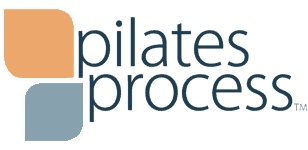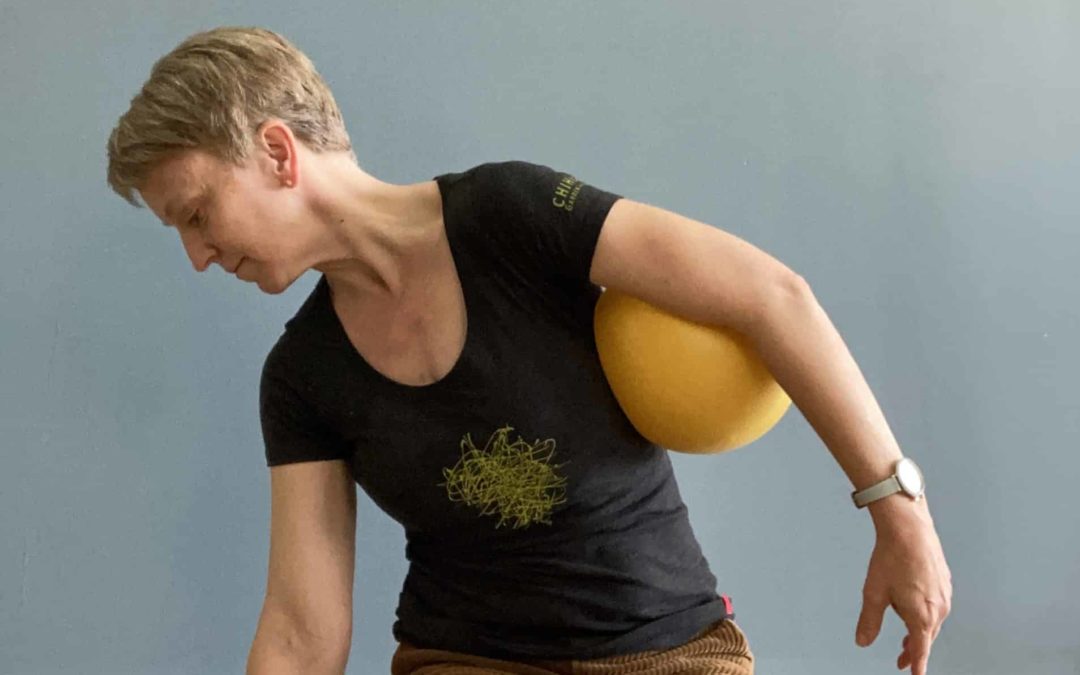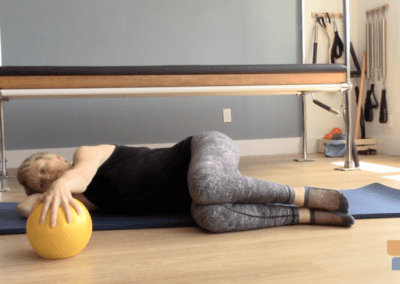Shoulder pain is extremely common amongst the 50+ age group and it often develops without traumatic impact to the joint. No falling, no car accident, just a quickly developing annoyance that can limit the joint’s range of motion, greatly interfere with sleep and cause a mix of sharp stinging pain and a dull ache.
Many treatments exist through physiotherapy, sports medicine and massage therapy and exercises to improve the functional strength and balance of the rotator cuff are usually part of the prescription. The is where Pilates can be super helpful. Or not helpful at all. It depends. Exercises are very dependant on how they’re performed and it can be a challenge to get out of some negative movement patterns and reap the benefits of rotator cuff exercises. This is particularly true in the shoulder where the movement requires coordination and finesse.
Here are my 3 tips to shoulder pain management.
- Don’t pull your shoulders back and down.
- Develop slippery scapula.
- Optimize your rotator cuff positioning.
The common cue and mindset of pulling the shoulders back to counter slouching and bad posture usually results in rigid bracing in the ribcage and scapulae and poor positioning of the shoulder joint itself. In arm movement the scapula has to be able to move freely on the ribcage to allow the rotator cuff to do its job of controlling and centring the arm in the socket. If there is downward tension created by postural correction gone awry, then the scapula will not get to move freely and an exercise can lose any effectiveness.
Start by developing slippery scapula. Here’s a favourite. (or scroll down to follow the youtube video).
1. Side Lying with the hand on a ball directly forward of the shoulder. Roll the ball forward and back keeping the elbow elongated. Slide the scapula forward around the ribcage without moving the ribcage itself. Slide the scapula back in towards the spine. Try not to pull down under the armpit as you do this. Repeat in an easy range of motion for a minute or two.
2. Side Bends with arm support.
Start kneeling (or standing) with a ball under the arm. Start with easy side bends away from the ball and avoid squishing the ball into the side. Hold the ball lightly allowing it to roll up your side. Return. After 5 – 10 of these stay in the side bend and add a forward roll and return to the side bend. Allow the shoulder blade to slide forward and back repeatedly before returning upright.
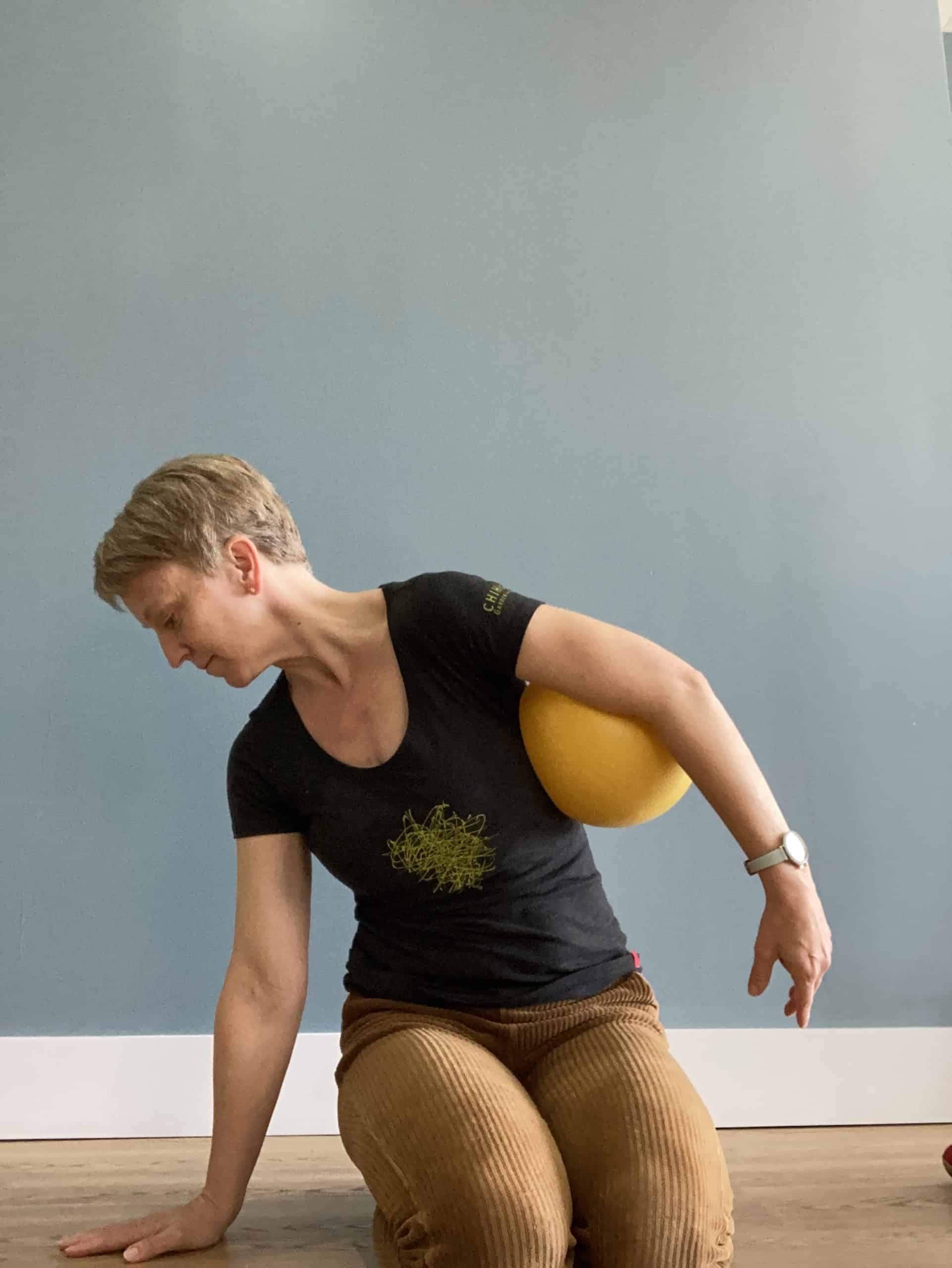
3. RC with weights
Side Lying is a nice place to start as it takes away postural habits and excessive bracing. Plade the squishy ball between the elbow and torso without allowing the elbow to drop back of the sideline. LIght weights are preferred at first, from 1 – 3 lb weights. Or try it with no weights at all at first. Higher repetitions and less weight is a good place to start.
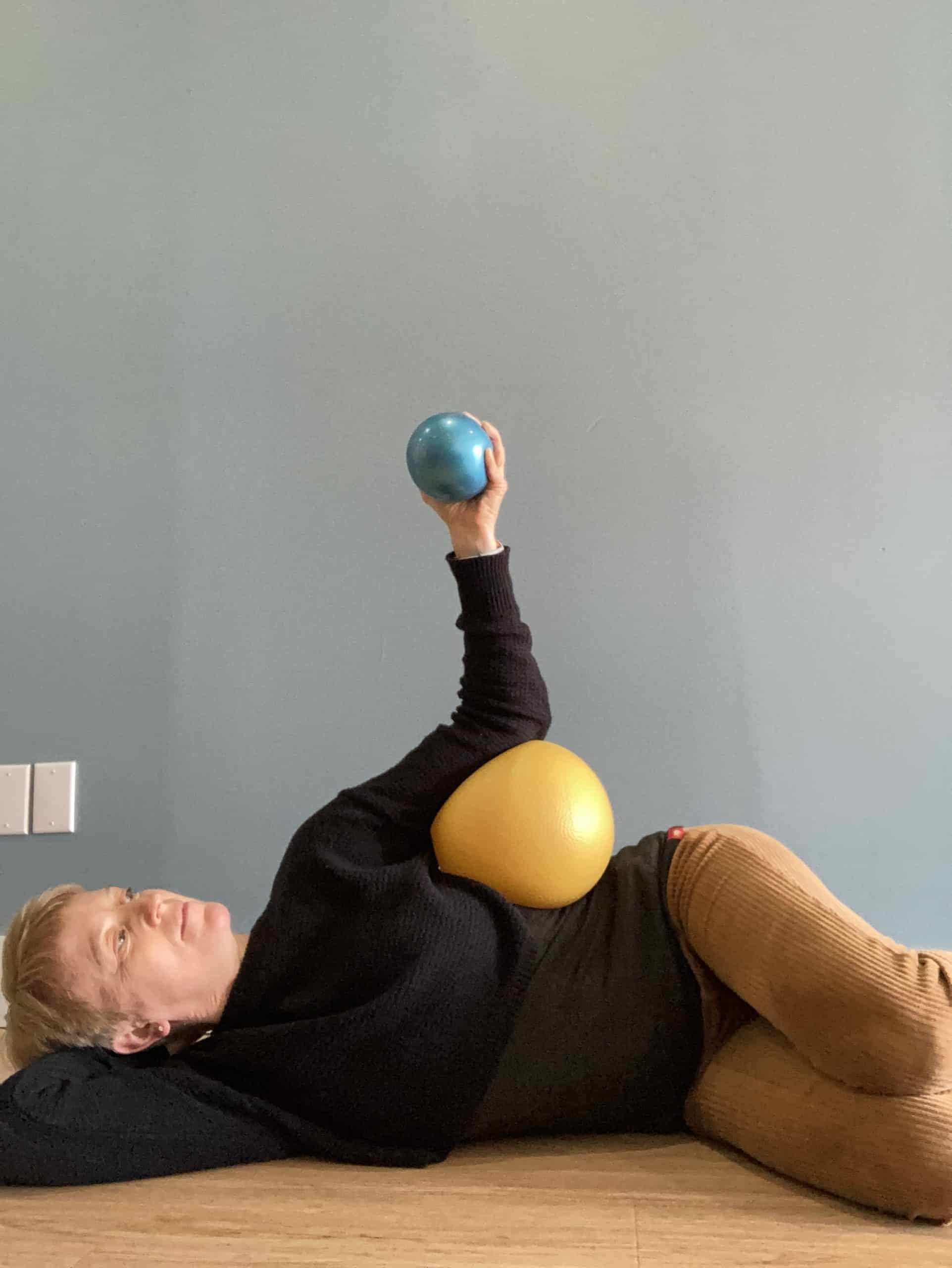
Don’t be as concerned with improving the range of motion as much as the quality of motion. Aim for easy, smooth and effortless.
There are loads of targeted exercises to progress shoulder function that are great choices. But if the foundation is not well set and they are all performed with excess tension in the then they won’t be as affective as they could be. As you progress by adding speed, load and range, continue to pay attention to your posture, supported shoulders and unnecessary tension. The quality of movement always matters.
Director
Pilates Process™
Teacher, Presenter, Educator, Writer
